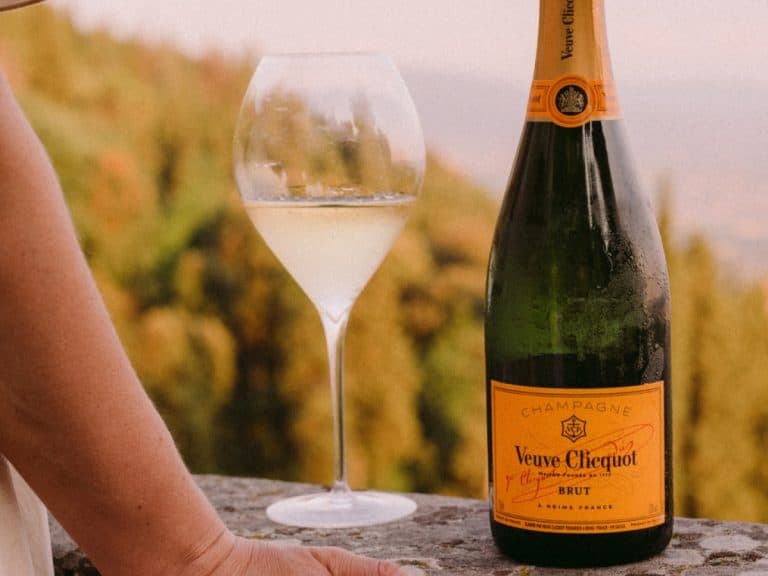The French group LVMH loses in the EU Court against Lidl regarding the exclusivity of the orange color for the labels and packaging of Veuve Clicquot Champagne bottles. Back in 2006, the Champagne house, after years of attempts, obtained from the European Union Intellectual Property Office (EUIPO) that the color trademark had acquired distinctiveness in the European Union. But the EU Court overturned this position, siding with the Germans.
The appeal of the giant Lidl in the EU
In particular, in 2015, Lidl, a modern retail chain (with a turnover of over 100 billion euros, owned by the Schwarz group) that uses a similar color to market its own sparkling wine bottles in various stores, filed an appeal against the registration of the orange color trademark of the "grand dame," arguing that it lacked the distinctiveness to be registered. In August 2022, the EUIPO ruled in favor of Veuve Clicquot, arguing that consumers were accustomed to those orange-toned labels.
Lidl, in turn, chose to challenge the decision before the EU Court, which, with the judgment handed down on March 6, overturned the EUIPO's position, emphasizing that the LVMH Group's brand, chaired by Bernard Arnault (according to Forbes, the world's richest man), had not provided sufficient evidence to demonstrate that the orange trademark represents a distinctive sign of a specific brand for European users and consumers, with particular reference to the markets of Portugal and Greece. Essentially, for the EU Court, color does not constitute a sufficient element to hold a trademark exclusively. The judgment once again demonstrates the difficulties for multinational brands in registering non-conventional trademarks in the European territory, based on elements such as color.
Years of litigation, also in Italy
For over 20 years, Veuve Clicquot, a historic French brand founded in 1772 in Reims, has stood out worldwide for issuing legal warnings to individual wine companies, always for the same reason: the use of the orange color on bottles. In Italy, in particular, we recall the case of the Campania-based company Ciro Picariello, which received a letter of contestation and warning for the use of an orange color on the label of a sparkling wine made from Fiano grapes, called Brut contadino (now sold with a white label). But also, the Emilia-based company Venturini Baldini received the same treatment for its Lambrusco Rubino del Cerro (whose current label is in a golden-orange hue).


 Wine promotion, vineyard uprooting, and support for dealcoholised wines: the European Commission's historic compromise on viticulture
Wine promotion, vineyard uprooting, and support for dealcoholised wines: the European Commission's historic compromise on viticulture A small Sicilian farmer with 40 cows wins silver at the World Cheese Awards
A small Sicilian farmer with 40 cows wins silver at the World Cheese Awards Women are the best sommeliers. Here are the scientific studies
Women are the best sommeliers. Here are the scientific studies Where to eat at a farm stay in Sicily: the best addresses in the Provinces of Trapani, Palermo, and Agrigento
Where to eat at a farm stay in Sicily: the best addresses in the Provinces of Trapani, Palermo, and Agrigento Wine in cans, bottle-fermented, and alcohol free: the unstoppable change in Gen Z’s tastes
Wine in cans, bottle-fermented, and alcohol free: the unstoppable change in Gen Z’s tastes






